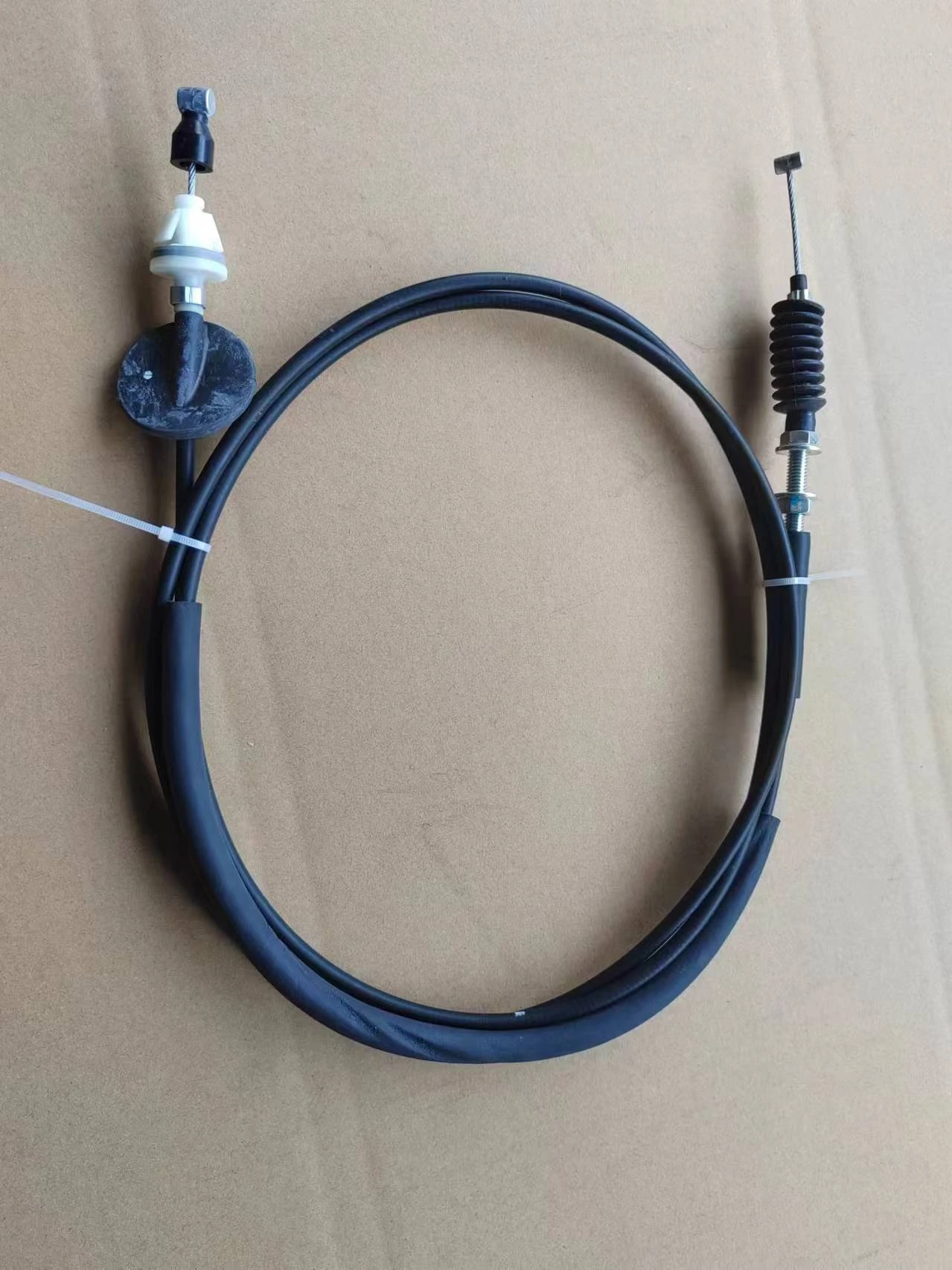Throttle Control Mechanism for Enhanced Engine Performance and Responsiveness
Understanding the Throttle Rod Importance and Function in Automotive Engineering
The throttle rod is an essential component in the realm of automotive engineering, playing a pivotal role in the performance of internal combustion engines. As vehicles have evolved, so have the systems that control their power output, and the throttle rod remains a fundamental part of this process.
To begin, let's define what a throttle rod is. The throttle rod connects the accelerator pedal to the throttle body, which is responsible for regulating the amount of air entering the engine. When a driver presses the accelerator pedal, the throttle rod transmits this action to the throttle body, opening it wider to allow more air in. This increase in airflow corresponds to an increase in fuel injection, thereby increasing the engine’s power output. The efficiency and responsiveness of this system are crucial for vehicle performance, responsiveness, and fuel economy.
Historically, throttle rods were primarily mechanical. Traditional systems relied on a simple cable that connected the accelerator pedal to the throttle body. When the driver pressed the accelerator, the cable would pull on a lever connected to the throttle plate, allowing more air into the engine. This design was straightforward and effective; however, it had its limitations concerning precision and responsiveness.
With advancements in technology, many modern vehicles have transitioned to electronic throttle control (ETC) systems, also referred to as drive-by-wire systems. In this setup, the traditional throttle rod is replaced by electronic sensors and motors. When the driver presses the accelerator, the pedal sends a signal to the engine control unit (ECU), which then determines the optimal amount of throttle opening based on various parameters, including vehicle speed, engine load, and even driver behavior.
throttle rod

This shift to electronic systems offers several advantages. One of the most significant benefits is the enhanced precision in throttle control. The ECU can make real-time adjustments, improving vehicle responsiveness and performance while optimizing fuel efficiency. For instance, an ETC system can aid in achieving smoother acceleration and deceleration, making driving more comfortable and improving safety by reducing the likelihood of engine stalls. Moreover, since electrical systems require fewer moving parts than mechanical ones, they are generally more reliable and require less maintenance.
However, the transition from mechanical to electronic systems also presents challenges. Drivers often have different preferences for throttle response; some may prefer a sensitive pedal feel, while others may desire a more subdued response. Manufacturers address this through software calibration, allowing customization of the throttle response in various driving modes, such as Eco, Normal, and Sport. This adaptability ensures that a wide range of driving styles can be accommodated, enhancing the overall driving experience.
Safety is another critical element linked to throttle rod functionality. ETC systems incorporate various safety features, including fail-safe modes that limit throttle response in case of detected faults or anomalies. These measures prevent unintended acceleration, contributing to overall vehicle safety. The implications of throttle control extend beyond mere acceleration; they are integral to driving stability and control, particularly in emergency maneuvers.
Despite the benefits of electronic systems, the fundamental concept of throttle control remains rooted in the original purpose of the throttle rod to link driver input with engine response. Whether through a mechanical linkage or electronic signal, the principle is the same enhancing vehicle performance while ensuring control and safety.
In conclusion, the throttle rod, in its various forms, continues to be integral to automotive engineering. Its evolution reflects broader trends in the industry towards more efficient, reliable, and responsive vehicles. Understanding the throttle rod's role helps us appreciate the complexity behind modern automotive technologies, paving the way for even more innovations in the future. As we move towards electric and hybrid vehicles, new forms of throttle control will undoubtedly emerge, continuing the legacy of the throttle rod while adapting to the changing landscape of automotive engineering.
-
Workings of Clutch Pipe and Hose SystemsNewsJun.04,2025
-
The Inner Workings of Hand Brake Cable SystemsNewsJun.04,2025
-
The Secrets of Throttle and Accelerator CablesNewsJun.04,2025
-
The Hidden Lifeline of Your Transmission Gear Shift CablesNewsJun.04,2025
-
Demystifying Gear Cables and Shift LinkagesNewsJun.04,2025
-
Decoding Clutch Line Systems A Comprehensive GuideNewsJun.04,2025
